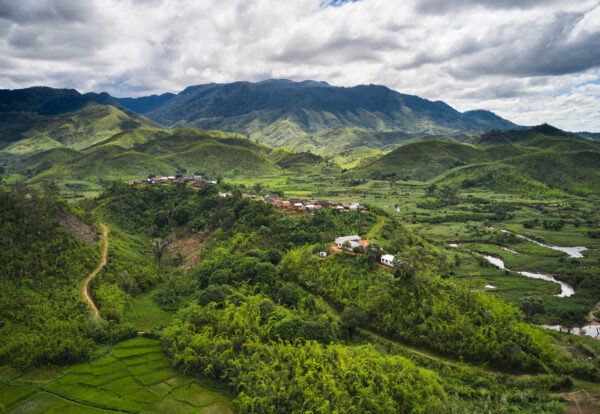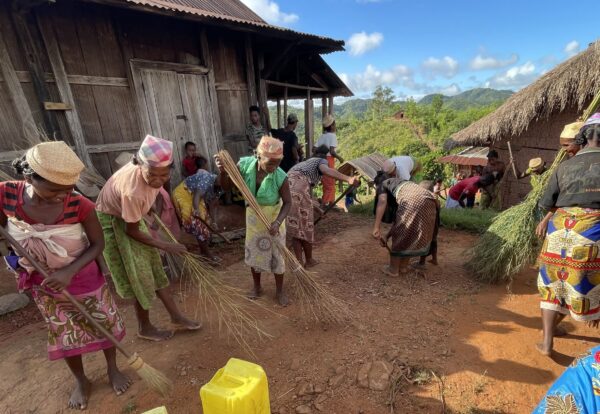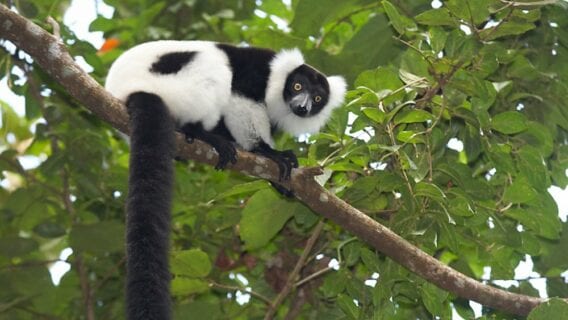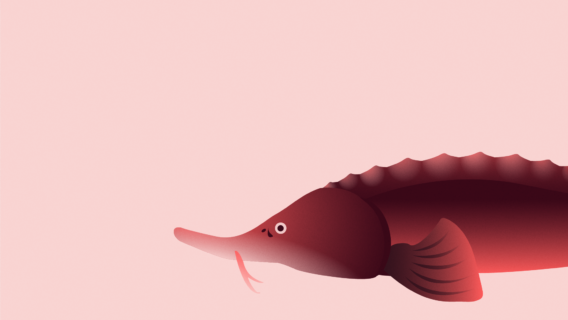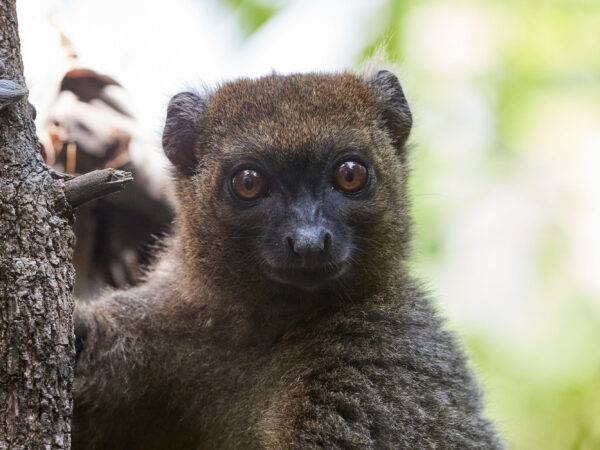
Project
Ensuring the Long-Term Protection of the Largest Wild Population of Greater Bamboo Lemurs
Initiative
Duration
2025 - 2027
Location
Madagascar
Project description
Threats

Climate change

Habitat loss & degradation

Human-wildlife conflict
Project objectives
The project pursues several complementary objectives to enable sustainable coexistence between greater bamboo lemurs and local human communities. First, it aims to protect the species’ habitat by establishing a New Protected Area. Next, it seeks to reduce pressure on natural resources by improving agricultural practices, securing harvests, and supporting the development of alternative economic activities such as beekeeping and handicrafts. The project also aims to raise awareness of biodiversity—particularly among children and families—to foster local ownership of conservation issues. Finally, it strives to improve living conditions for residents, making environmental protection a tangible driver of development for the villages involved.
Project activities
- Creation of a New Protected Area, including the identification of priority sites around the current zone and within the proposed perimeter.
- Enhanced monitoring of greater bamboo lemurs to better understand their movements and adjust conservation strategies accordingly.
- Reduction of pressure on forests through improved agricultural practices (enhanced rice cultivation), securing harvests (rice field guarding), and the development of income-generating activities (beekeeping, handicrafts).
- Improvement of living conditions through the development of communication infrastructure and better access to healthcare for local communities.
- Awareness-raising and training through forest visits for children and adults, as well as the training of young Malagasy biologists committed to preserving their biodiversity.

